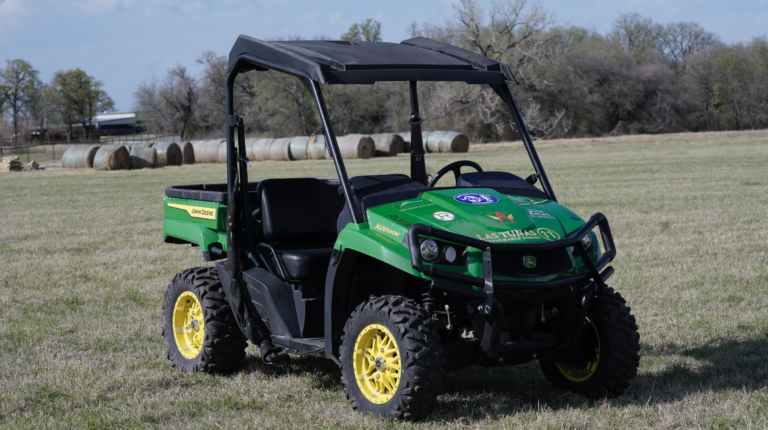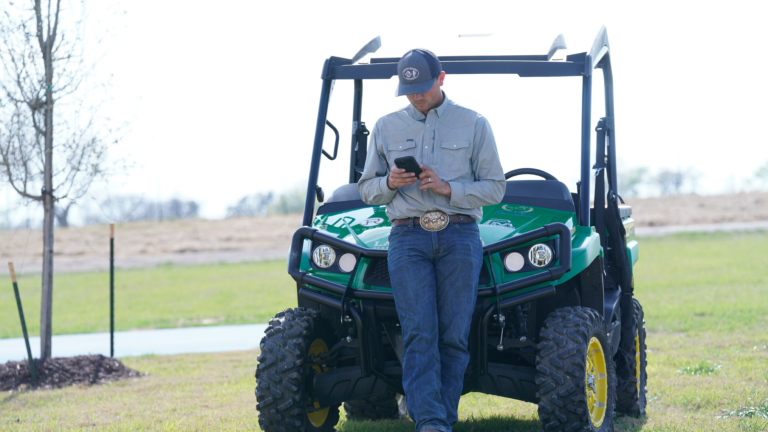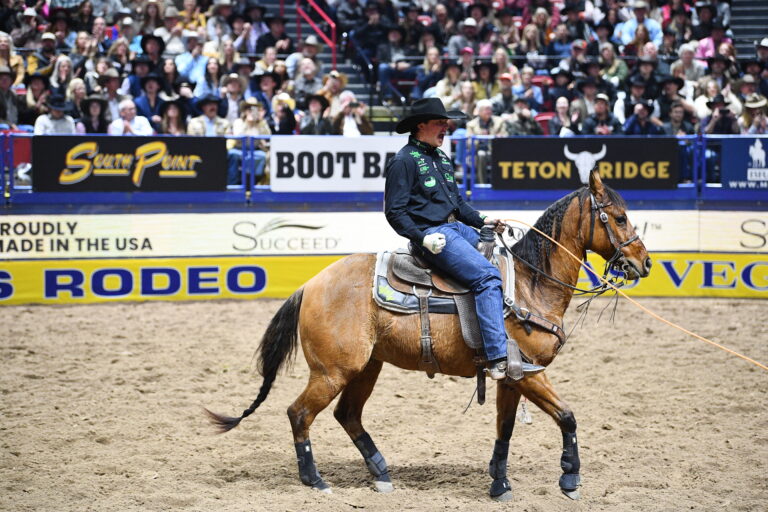I want to say right off the bat that I still wave it off all the time, and I’ve not perfected what I’m about to explain by any means. But working on how I’m leaving the box and my position down the arena has helped narrow my chances and has helped speed up my runs, especially in an average-type situation.
The main reason I might wave it off is because I’m too tight to the steer, which causes the eye of my rope to hit the steer’s head in the wrong spot, losing the rope’s ability to lock onto both horns. I’ll break down what I’ve been working on to stop that from happening.
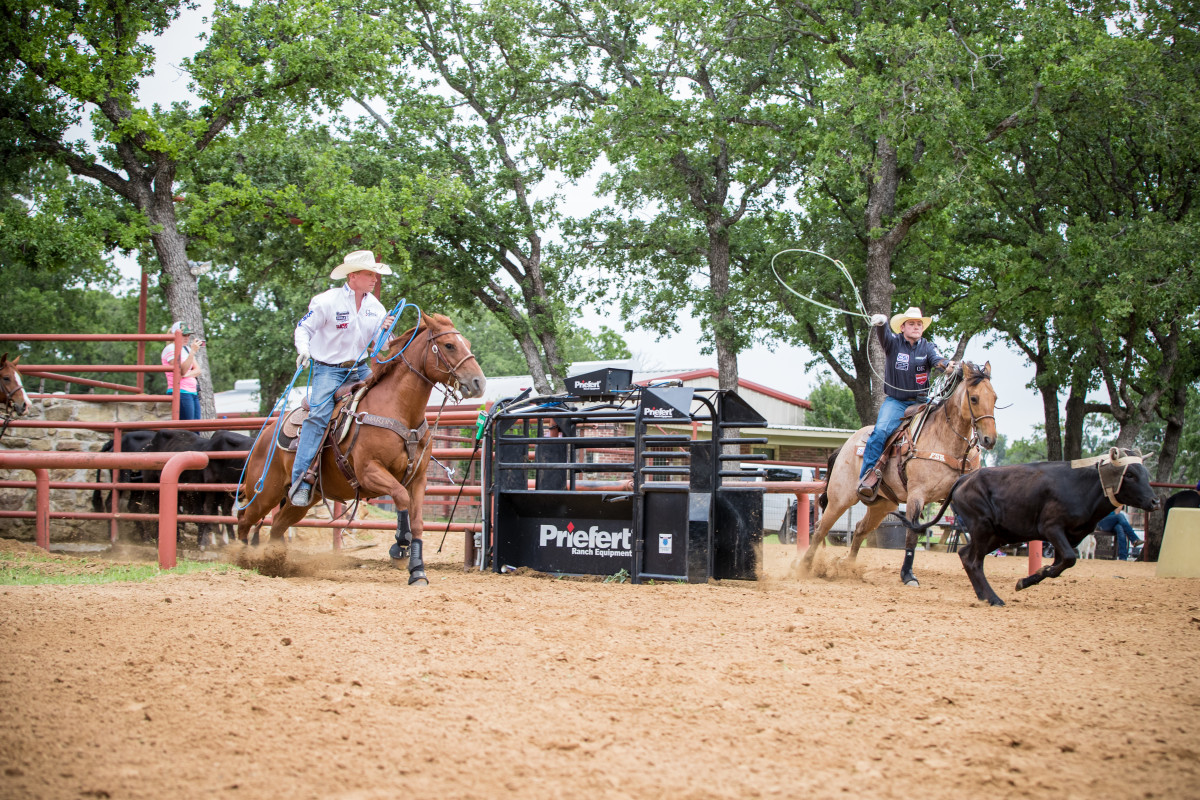
1. Waving it off starts from the box. If I’m at a jackpot, I don’t cock my rope. I score and ride my horse to position. If I break down the middle of the box, I can react more quickly and move one way or the other, no matter where the steer steps. If I go too wide or too narrow, I’ll get trapped in behind the steer, which can cause me to wave it off because of the angle at which my rope hits the steer’s head. Six to 10 feet from the steer is really the happy medium.
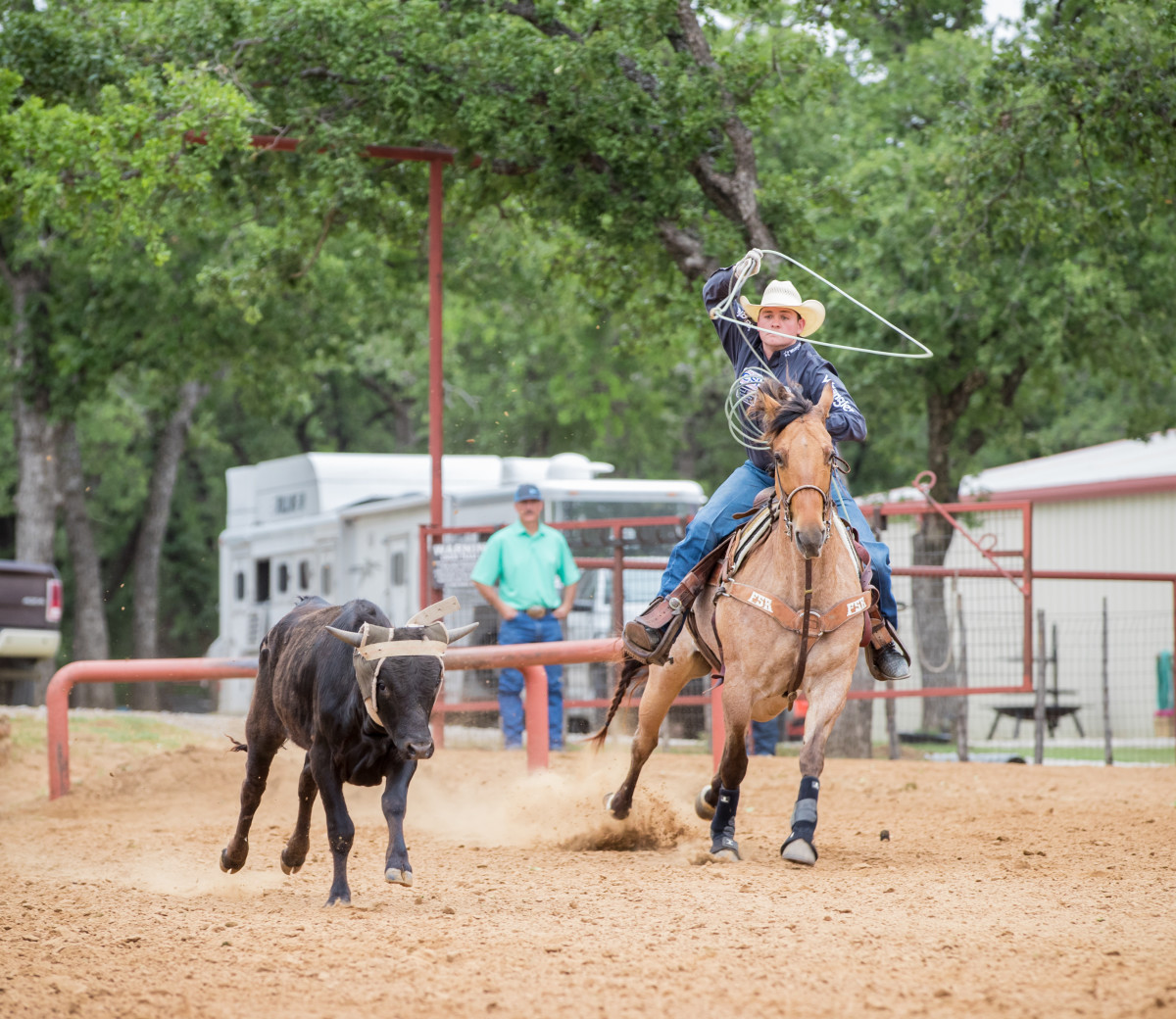
2. The eye (hondo) of my rope locks under the left horn while I’m pulling my slack when I have more width. If the eye of the rope hits under the left horn, that will draw my loop tight around both horns and lock underneath the left horn. That will draw your slack down underneath your left horn instead of coming up. If the eye hits in the middle of the steer’s head, I risk losing the right horn when I pull my slack.
This isn’t a perfect science, and it’s not bowling where you get the same shot every time under controlled conditions. We have a steer and a horse and the haze and different scores and arena conditions, but the more you can make sure you ride wider and throw from this position, the better your chances of preventing the wave off.
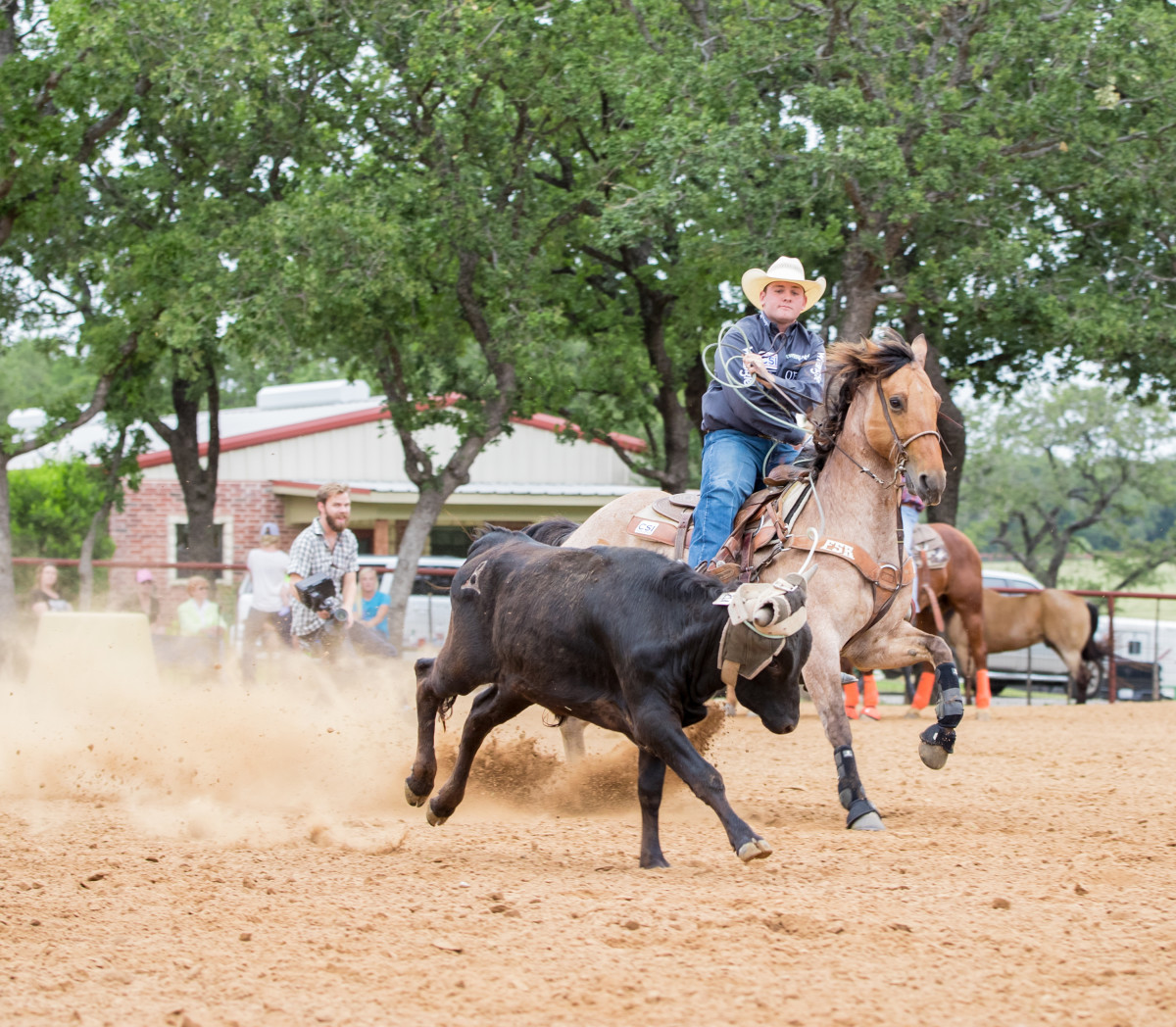
3. You shave off .5 a second every run over five head roping this way, and that’s 2.5 seconds over a jackpot. The best headers in the world don’t always head the steer faster than everyone else, but their angles are faster. They get to the steer at the same pace, but the main thing they do is catch their steers faster, and it doesn’t take as long to turn them from the position they ride. If I’m behind the steer too far, I wad the steer up and it takes twice as long to turn them.
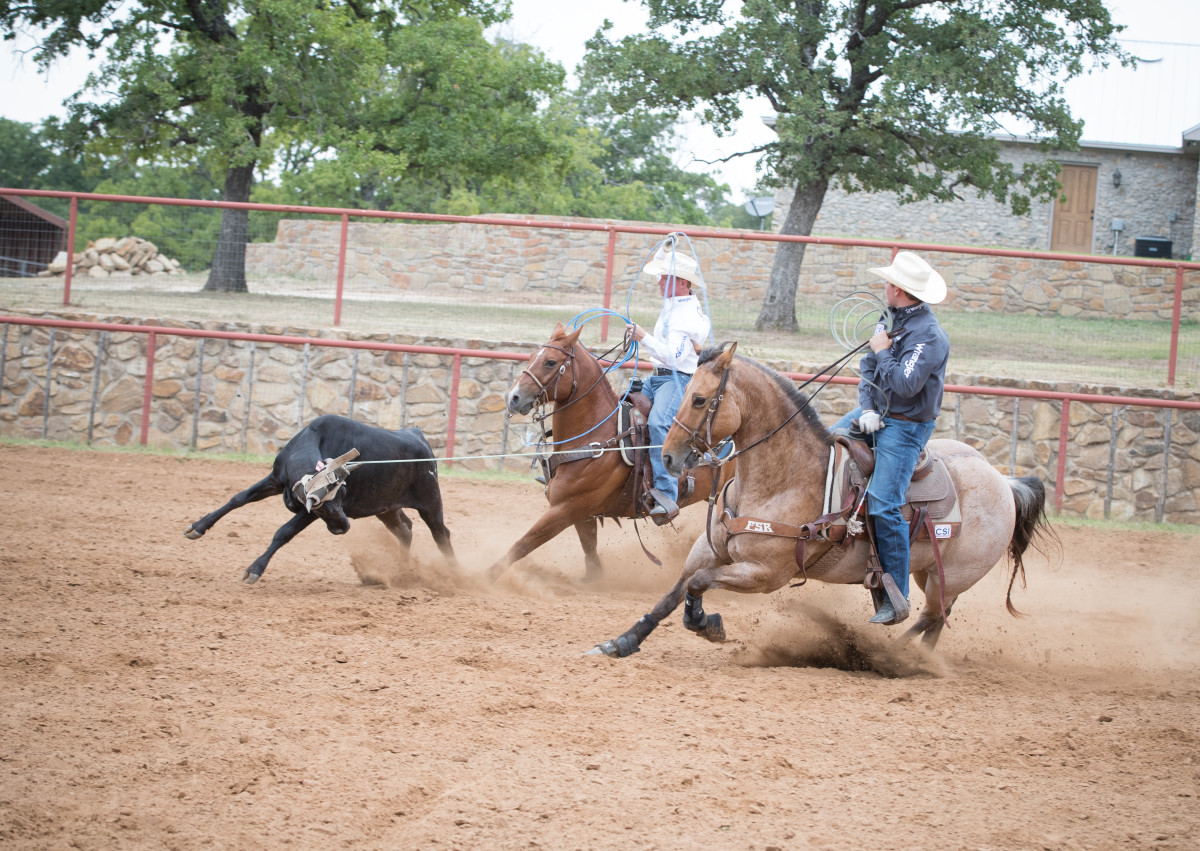
4. If I don’t wave it off, but I was still too far in behind him when I roped him, that will set up a harder shot for my heeler because of how my loop came tight and where the eye of my rope is on his head. Because the way I have control of his head controls his butt and his back feet, where the eye of my rope hits him actually sets up the shot for my heeler one way or another.
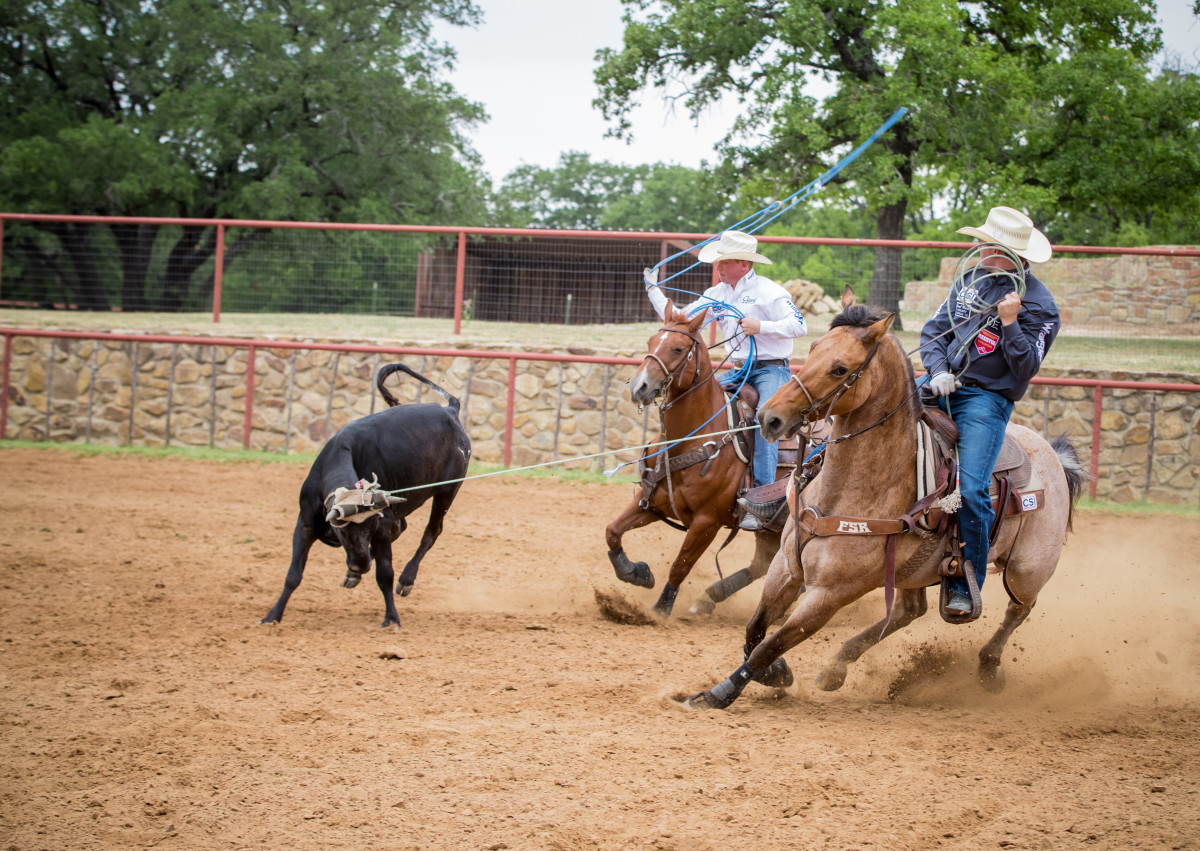
5. If I’ve got the eye of my rope hitting the steer at the left horn, the first stride after I rope I get my width, then I catch their head, then I catch their shoulders, followed by their hips. I don’t turn a steer 90-degrees. I smooth the turn out, and let my heeler throw faster.






